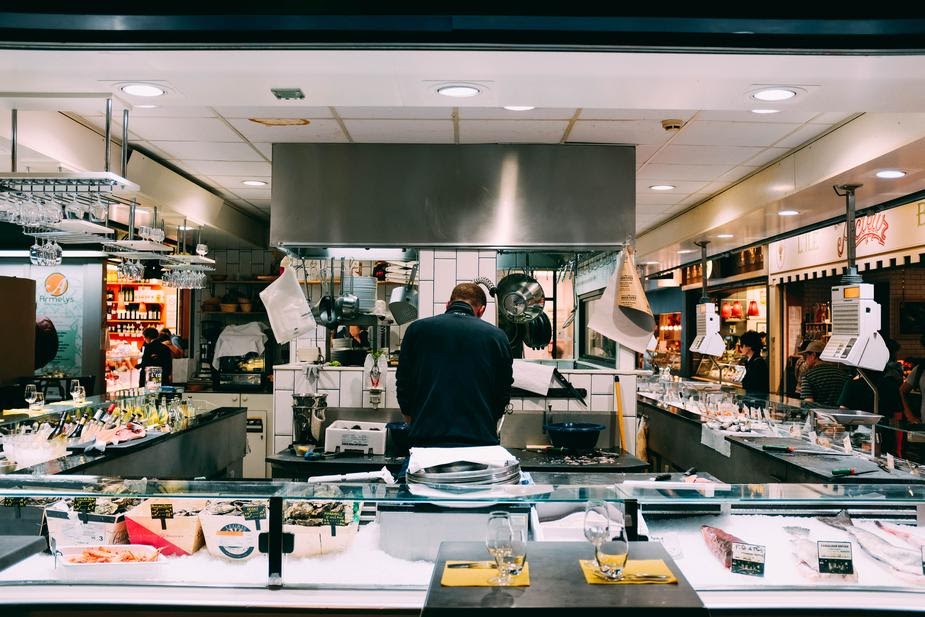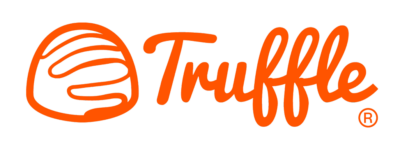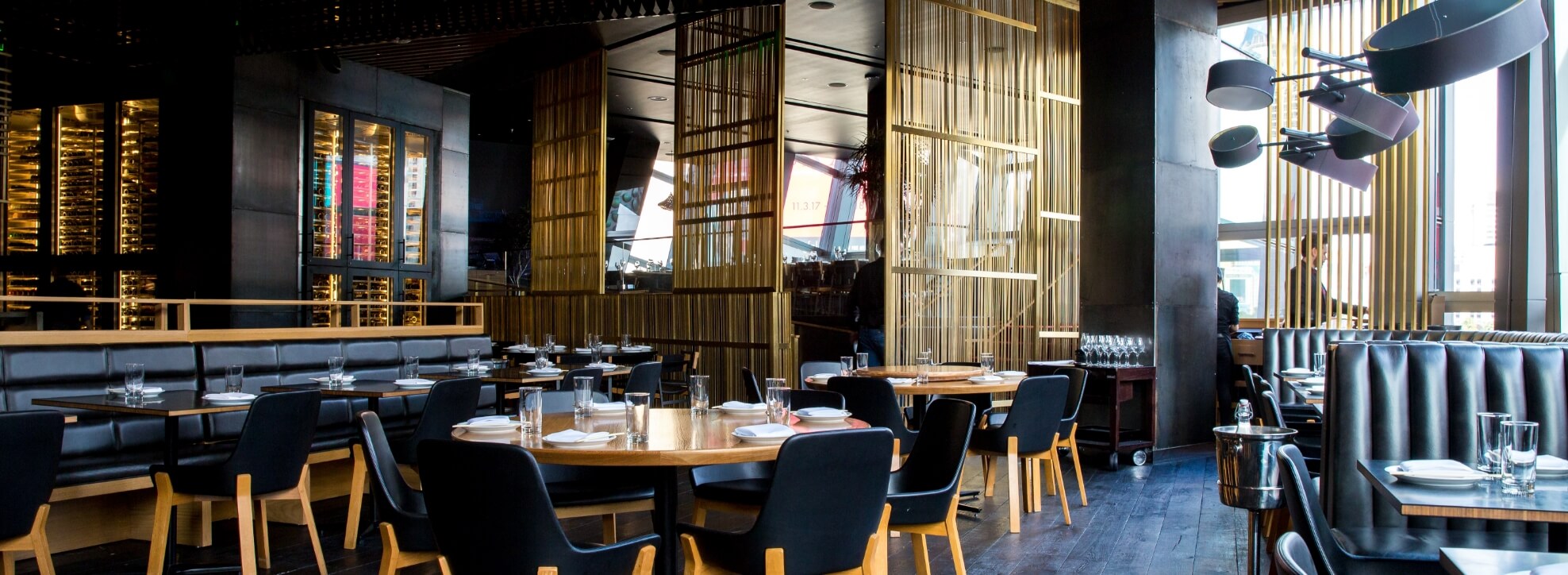
Top 14 Restaurant POS Feature You Should Know
If you’re looking for a new POS system for your restaurant, it can help to start by clarifying which specific features you want in that POS system.
As we wrote in our post comparing POS costs for restaurants, different POS systems have very different approaches to structuring their pricing. Because of that, it’s difficult to know what the real value will be for any given price point until you understand what that price includes.
In this article, we’ve compiled a list of what we consider to be the Top 14 features in a modern restaurant POS system. You can use this guide to help evaluate potential POS options based on what’s important to your own restaurant’s needs.
Online Ordering and Menu Management
The COVID-19 pandemic has made online ordering particularly important for restaurants, as we wrote in our post on the advantages of online food ordering systems. Allowing customers to order their own food online cuts down on errors, improves the customer experience, saves your restaurant money, and can minimize in-person contact to reduce disease transmission risk.
POS systems’ online ordering features should make it easy for customers to order food via your website, whether they want to pick it up or have it delivered.
The best POS programs will also allow you to design and organize your restaurant’s menu the way you want it, allowing you to customize the look, name the sections, and choose highlighted dishes.
If you have multiple locations, a good POS system will also allow you to make changes across those locations simultaneously, or customize each location’s menu.
Delivery Features
If your restaurant offers delivery (or plans to in the future), you should make sure that your POS system is built to handle it.
POS systems may integrate with third party delivery apps such as DoorDash, or they may come equipped with in-house delivery features. In-house delivery features include driver tracking/guidance, customer updates (such as estimates on when their food will arrive) and customer notifications when their food has arrived (which enables the delivery to be completely contactless).
For more on offering delivery at your restaurant, head over to our full post: What Is No Contact Delivery? Here’s What Restaurant Owners Need to Know
Inventory Management and Recipe Costing
Inventory features are essential to restaurants’ efforts to reduce food waste and make smart purchasing decisions. They’re also crucial to keeping important ingredients stocked.
When inventory systems work directly with POS features, restaurant managers can get real-time information about what’s in stock and which meals will be the most profitable.
Many POS systems have inventory systems as separate, add-on features, which can significantly increase the price of a system. It’s best to look for a system where inventory features are already included.
Marketing
One of the biggest benefits of cloud-based POS systems for restaurants is how easy it is to collect data as customers check out. Once you have their contact information coupled with some information on their dining habits, you can reach out to them proactively with personalized deals that they’ll love. With a good restaurant POS, you should be able to reach out to customers based on things like their purchasing habits, their location, or their typical dining schedule.
Proactive marketing plays a big role in restaurants’ ability to generate a more consistent level of monthly revenue.
In some cases, email marketing features are included in the basic price of a POS system, and in other cases, you can integrate the restaurant POS with an email marketing system.
Customer Loyalty
Some POS systems have baked-in features that track customer purchases and allow them to accrue points or other rewards based on how often those customers dine with your restaurant. Others may allow you to integrate with third-party apps that make this kind of point generation possible.
Restaurants with a well-defined and executed loyalty and referral program generally see a 20% increase in revisits and re-orders.
Promotions
Your POS system should make it possible for you to change pricing and promotions for all locations, or to run them at a local, regional or national level.
Gift Cards
Restaurants can boost their revenue throughout the year by making it easy for their customers to purchase gift cards, either in-store or online.
POS systems should also make it easy to track and accept those gift cards after they’re purchased.
Although gift cards are a crucial tool for marketing and revenue, many POS systems consider gift cards to be an add-on feature, not included in the base price of the system.
Self-Service Ordering and Tableside Ordering
Some restaurants may benefit from letting customers order their own food tableside with the help of a tablet. Self-service ordering tends to work best for fast-casual restaurants with simple menus.
Other restaurant managers may opt to give servers handheld devices (some systems use proprietary hardware designed for restaurant use, and others are made to work on standard tablets such as iPads) to take orders instead of a pen and paper.
With tableside ordering, the POS system can guide servers through the customer’s ordering process, and the order goes into the system automatically, immediately updating financial reports (and inventory reports, if you have that feature) with no need for manual input.
Kitchen Display System
Kitchen display systems make paper order tickets a thing of the past.
If your POS system comes equipped to connect to a kitchen display system, meal order details will pop up on a kitchen display for the back-of-house team as soon as they come in from the front-of-house. If the system uses tableside ordering or self-service ordering, this means that the order immediately goes from the table to the kitchen, eliminating the need for servers to waste valuable time making extra trips back and forth.
If you use a kitchen display system, there’s also no need for the barista or cashier at a fast-casual restaurant to yell orders to the back of house team. There’s also much less room for error, because kitchen display systems are generally designed to visually highlight things like change requests or allergy alerts in visually consistent ways.
Other KDS features, such as timers, can help the kitchen team assess how long customers have been waiting for their food.
Pickup Management
Some POS systems have specific features that make curbside pickup easier. Namely, some restaurants have adopted food lockers to ensure that customers get the right order, and to deter theft. Not all restaurant POS systems integrate with food locker systems, so make sure to check if you do plan to incorporate food lockers into your contactless pickup program.
Offline Functionality
Most modern POS systems are cloud-based, which means the data used to run the system is stored on a remote server.
This has a lot of advantages: It makes your data accessible from any internet connected location, for example, which is especially important if you run multiple locations. It also means that your data is backed up regularly and is more secure than if it was just stored on a local computer.
But ideally, your POS system will store enough data on a local device to enable it to keep working for a period of time even if you temporarily lose access to the internet.
Multiple Location Management
If you’re going to be running multiple locations, your restaurant POS system should be able to show in real-time how your restaurant group is doing on a local or national level.
Restaurant managers should also be able to drill down to see data for groups of restaurants in a particular city, state, or region. They should be able to view detailed inventory and revenue reports across those locations, and they should also be able to modify menus and recipes across all locations, or individually by location.
Finally, your POS should make it really easy to add new restaurant locations. Ideally, it will take just a few minutes to transfer things like menu data and other information to create a new location.
Royalty Reporting (for Franchises)
Franchise owners have slightly different needs than restaurants with multiple locations.
A good POS system should be able to give franchise owners the option to receive automated royalty payment reports. Administrators should be able to set custom royalty and ad spend percentages for each restaurant location.
Employee Onboarding
The best enterprise POS systems for restaurants make it easier for operators to train employees, check for quality, and implement processes in a uniform way across all locations.
They provide structure and guidance on internal processes to make everything consistent, and to boost employees’ confidence as they’re getting started. This can be a huge benefit to restaurant managers, because training new employees tends to take up a lot of time and attention.
Choose a restaurant POS system that can actually help onboard and train your staff.
Ready to Try Truffle POS?
If you’re looking for all these features at a reasonable price, you should try Truffle.
Truffle POS is one of the best premium players on the restaurant POS scene. Our goal was to create an all-in-one restaurant management platform that gives restaurateurs full access to the features they need to boost profits while staying as affordable as possible. We also allow our customers to just use the front-end checkout system alone without investing in the back-of-house tech (such as a kitchen display system) right away.
Our platform is completely scalable, and it comes fully equipped with the latest features like driver delivery guidance, online table reservations, delivery management, and food locker pickup. Truffle POS is also “device agnostic,” which means that restaurant owners can run the system on their choice of hardware.
Ready to learn more? To get started, click here to book a 30-minute demo of Truffle POS.



